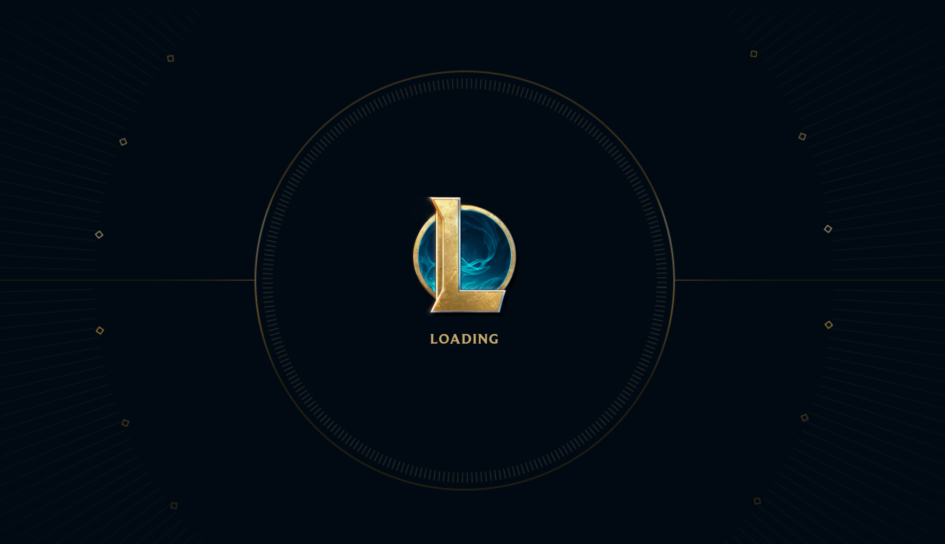This is our group assignment “League of Legends” teaching blog.
Discussion
Introduction
This learning content is designed as an introduction blog to beginners on League of Legends (LoL), a popular strategic competitive video game that requires teamwork. By the end of the learning plan, viewers of the blog will be able to have basic knowledge on the settings, characters and some basic but fundamental ways to win the game. With this knowledge, the viewers should have a general understanding to get them started on playing this video game.
Learning Outcomes
After reading and studying through the blog, the viewers will be able to:
- Understand the basics of League of Legends (LoL)
- Know how and where to check the status of their account
- Understand and select suitable champion characters
- Understand and select suitable lane during the match
- Understand and select suitable equipment for the match
- Understand what a team needs to do in the game to win
Implementation of Learning Theories
The learning plan includes both texts and videos that explain the rules of LoL based on Dual Coding Theory. The knowledge on LoL in our blog has explanatory texts for the viewers to read and learn, as well as a video presented. According to Dual Coding Theory, this design of visual learning content combined with audio would increase the likelihood of the viewers to recall the information of separate collection later on. The use of videos, as well as the screenshots taken from the game surface would also help the viewers learn by watching and looking at the video game in a real-world situation and thus help the viewers get more familiar with the games surface.
Our plan also used infographic at the end of the blog to provide the viewers a conclusion of the main points from the blog. The poster of “Things To Do in Game” combines the take-away points concluded from the blog and some relevant images to remind the viewers what these points are. The poster serves as a summary of the main points and is both entertaining to see and is helpful for recalling the relevant contents.
We divided the learning plan into sections of maps, champions, equipment, main page and account information, as well as the goal of the game. By doing this, we aim to implement segmenting principle from the multimedia learning principles we learned in EDCI 337. We designed the crucial information about LoL into several segments so that the viewers would learn in their own pace by sections. The arrangement of the sections are also designed in a way that viewers take in new information piece by piece, and one section is built on the former section in the way new knowledge is conveyed in a gradual and steady pace.
Skills Gained and Evaluation
By the end of the learning plan, the viewers will be able to understand that the video game League of Legends is a strategic game that requires teamwork. They will understand the basic settings of the game including the maps, the champion characters, and some fundamental rules of the game to get them started playing. They will also understand and be able to choose the champion characters that suit themselves, as well as the lanes which are the strategies that would suit them during a match.
The learning outcomes could be evaluated by the learning objectives. Viewers would be asked to find certain information in their game account and evaluated based on whether they are able to find the information as well as how quick it takes for them to find it. They will also be asked to pick a champion and the lane they would fight in a match, as well as the reason of their choices. This is to evaluate whether they understand the choices on champions and lanes to play in matches. Finally, they will be asked to play in a battle, and will be asked whether they know what they need to do to win the match, so as to evaluate whether they understand what a team needs to do in the game to win.
Project Plan
Our team decided on this topic by each listing three to five things we are interested in within the suggested topic list. We then went through the video game’s rules and divided the knowledge of the game into five sections. Afterwards, we decided the order of the five sections based on the perspective of a beginner so that the viewers would learn the contents in their own pace and receive new information step by step. Finally we divided the workload so that everyone of our team get approximately similar amount of work to do.
This project plan could also be used on learning contents design that aims to teach certain skills such as learning a type of sports or a craft skill. It is because the project plan aims to present the core skills of a chosen topic and then asks the viewers to learn and practice on the topic chosen.
References
Richards, L. (n.d.). 2nd topic 337 (A01) Summer ’22 – what is multimedia and interactive learning. EDCI 337 Interactive and Multimedia Learning. Retrieved June 14, 2022, from https://edtechuvic.ca/edci337/2022/05/03/2nd-topic-337-s01-summer-22-what-is-multimedia-and-interactive-learning/
Richards, L. (n.d.). 3rd topic Edci 337 (A01) summer – how do we learn? . EDCI 337 Interactive and Multimedia Learning. Retrieved June 14, 2022, from https://edtechuvic.ca/edci337/2022/05/06/3rd-topic-edci-337-a01-summer-how-do-we-learn/
Richards, L. (n.d.). 4th topic EDCI 337 [A01] summer: Design of multimedia learning objects and artifacts. EDCI 337 Interactive and Multimedia Learning. Retrieved June 24, 2022, from https://edtechuvic.ca/edci337/2022/05/22/4th-topic-edci-337-a01-summer-design-of-multimedia-learning-objects-and-artifacts-graphics-infographics/











Recent Comments